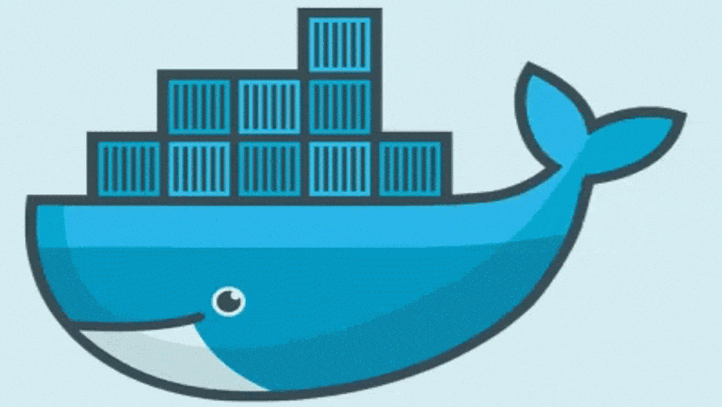
A Comprehensive Guide to Docker Swarm: Orchestrate Your Containers with Ease
- Sarvesh Mishra
- Software Architecture, System Design
- 08 Oct, 2023
In the world of containerization and microservices, managing and scaling containers efficiently has become a critical task. Docker Swarm, a native clustering and orchestration solution for Docker containers, provides a seamless way to tackle this challenge. In this blog post, we will delve into the world of Docker Swarm, exploring its core concepts, benefits, and how to get started.
What is Docker Swarm?
Docker Swarm is a native container orchestration tool provided by Docker that allows you to manage a cluster of Docker nodes as a single virtual system. It simplifies the deployment, scaling, and management of containerized applications by providing a unified interface and a set of powerful features.
Key Concepts
Before diving into the details, let's understand some key concepts of Docker Swarm:
Node
A node is an individual Docker engine that participates in the Swarm cluster. Nodes can be either manager nodes or worker nodes. Manager nodes are responsible for managing the cluster, while worker nodes run containers.
Service
A service is a definition for the tasks to execute on the worker nodes. It specifies which Docker image to use, how many replicas of the service should run, and various other configuration options.
Task
A task is a running instance of a service on a worker node. Docker Swarm schedules and manages tasks to ensure the desired number of replicas are running.
Stack
A stack is a collection of services that make up an application. Docker Compose files can be used to define stacks, making it easy to manage multi-service applications.
Benefits of Docker Swarm
Now that we have a basic understanding of Docker Swarm, let's explore the benefits it offers:
-
Ease of Use: Docker Swarm is known for its simplicity. If you are already familiar with Docker, the learning curve is minimal. You can set up a Swarm cluster and deploy services within minutes.
-
High Availability: Docker Swarm ensures high availability by distributing services across multiple nodes. In case a node fails, Swarm reschedules tasks on healthy nodes, minimizing downtime.
-
Load Balancing: Swarm provides built-in load balancing for services. It intelligently routes traffic to containers, distributing the load evenly.
-
Horizontal Scaling: Scaling your applications up or down is effortless with Docker Swarm. You can easily adjust the number of service replicas to meet changing demands.
-
Security: Docker Swarm provides security features such as mutual TLS (mTLS) encryption for node-to-node communication, making your cluster more secure.
-
Integration with Docker Tools: Swarm seamlessly integrates with other Docker tools like Docker Compose, making it easy to define and deploy multi-container applications.
Getting Started with Docker Swarm
Now that you're excited about Docker Swarm, let's get started with a basic setup:
Prerequisites
- Docker Engine installed on all nodes you want to include in the Swarm.
- A network connection between the nodes.
- Port 2377 (Swarm management) and port 7946/udp (overlay network) should be open between the nodes.
Initialize a Swarm
On a node that you want to designate as a manager, run the following command to initialize a Swarm:
docker swarm init --advertise-addr <MANAGER-IP>
Replace <MANAGER-IP> with the IP address of the manager node.
Join Worker Nodes
On worker nodes, run the command provided by the docker swarm init command on the manager node to join the Swarm.
Deploy a Service
You can deploy a service using the docker service create command. For example:
docker service create --replicas 3 --name my-web-app -p 80:80 my-web-app-image
This command deploys a service named my-web-app with three replicas, exposing port 80.
Scale a Service
To scale a service up or down, use the following command:
docker service scale my-web-app=5
This scales the my-web-app service to five replicas.
Conclusion
Docker Swarm simplifies container orchestration and management, making it accessible to developers and operations teams alike. With its ease of use, high availability, and scalability features, Docker Swarm is a powerful tool for building and deploying containerized applications. Whether you are running a small project or managing a large-scale microservices architecture, Docker Swarm is worth considering as your container orchestration solution. Start experimenting with Docker Swarm today and unlock the potential of containerization in your infrastructure.
Happy Dockerizing! 🐋 See you in the next post. Don't forget to comment your thoughts on this post. Share knowledge with others…
Let's Connect on:




